Risk prevention
00352 - 27 28 15 38 | mycon@mycon.lu
What is asbestos?
"Asbestos is a naturally occurring fibrous mineral. There are six types of asbestos, three of which have been used industrially in Western Europe: white asbestos (chrysotile), brown asbestos (amosite), blue asbestos (crocidolite). When asbestos materials decompose, crystalline asbestos fibres are released, which have the property of splitting along their longitudinal axis and thus becoming smaller and smaller (400 to 500 times smaller than a human hair). The human body can only excrete or break down a small proportion of these fibres. Asbestos fibres in the air can increase the risk of lung or pleural cancer.


A distinction is made between 2 groups:
| LOW CARBON ASBESTOS PRODUCTS: | ASBESTOS CEMENT PRODUCTS: |
|---|---|
| Products consisting of weakly bound asbestos of varying mass content. | Prefabricated products with cement as the binder and an asbestos content generally less than 15 %, with a bulk density greater than 1 400 kg/m3. |
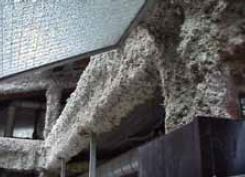 | 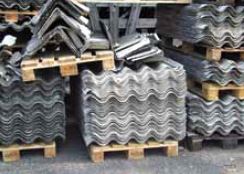   |
| LOW CARBON ASBESTOS PRODUCTS: |
|---|
| Products consisting of weakly bound asbestos of varying mass content. |
   |
| ASBESTOS CEMENT PRODUCTS: |
| Prefabricated products with cement as the binder and an asbestos content generally less than 15 %, with a bulk density greater than 1 400 kg/m3. |
   |
Due to their very good physical and chemical properties (e.g. non-flammable), many asbestos products have been used in construction and industry.
The identification of asbestos products is usually quite complicated, which is why it is advisable to consult a person with many years of professional experience in this field.
Since 2001, there has been a general ban on the marketing of asbestos in the Grand Duchy of Luxembourg.
Asbestos legislation
- Grand-Ducal Regulation of 15 July 1988 on the protection of workers against the risks associated with exposure to asbestos at work:
Read more - Grand-Ducal Regulation of 21 April 1993 amending the Grand-Ducal Regulation of 15 July 1988 on the protection of workers against the risks related to exposure to asbestos at work:
Read more - Grand-Ducal Regulation of 4 July 2007 amending the amended Grand-Ducal Regulation of 15 July 1988 on the protection of workers against the risks related to exposure to asbestos at work (abbreviated as "RGD-Amiante"):
Read more - Grand-Ducal Regulation of 27 June 2008 on the minimum safety and health requirements to be implemented on temporary or mobile construction sites
Read more - - Law of 16 December 2011 (REACH Package) (Gesetz vom 16. Dezember 2011 (Reach Package))
a) on controls and penalties relating to the registration, evaluation, authorisation and restriction of chemicals as referred to in Regulation (EC) No 1907/2006 of the European Parliament and of the Council of 18 December 2006
concerning the Registration, Evaluation, Authorisation and Restriction of Chemicals (REACH), establishing a European Chemicals Agency, amending Directive 1999/45/EC and repealing Council Regulation (EEC) No 793/93 and Commission Regulation (EC) No 1488/94 as well as Council Directive 76/769/EEC and Commission Directives 91/155/EEC, 93/67/EEC, 93/105/EC and 2000/21/EC
b) on controls and penalties relating to the classification, labelling and packaging of substances and mixtures as referred to in Regulation (EC) No 1272/2008 of the European Parliament and of the Council of 16 December 2008 on classification, labelling and packaging of substances and mixtures, amending and repealing Directives 67/548/EEC and 1999/45/EC and amending Regulation (EC) No 1907/2006; c) repealing the amended law of 15 June 1994 on the classification, packaging and labelling of dangerous substances;
d) repealing the amended law of 3 August 2005 on the classification, packaging and labelling of dangerous preparations. - Recommendations for the prevention of accidents of the Luxembourg Accident Insurance Fund.
![]()
![]()
THE HEALTH RISKS OF ASBESTOS
Asbestos can cause serious health problems: lung cancer or pleural cancer, fibrosis or asbestosis and pleural deposits.
These diseases can occur as a result of short and/or regular exposure and often appear after 20 to 40 years. The penetration of fibres during breathing depends on their length and diameter.
In the event of accidental inhalation, the occupational physician establishes an initial assessment (spirometry = pulmonary function test, chest X-ray) and plans regular follow-up examinations.
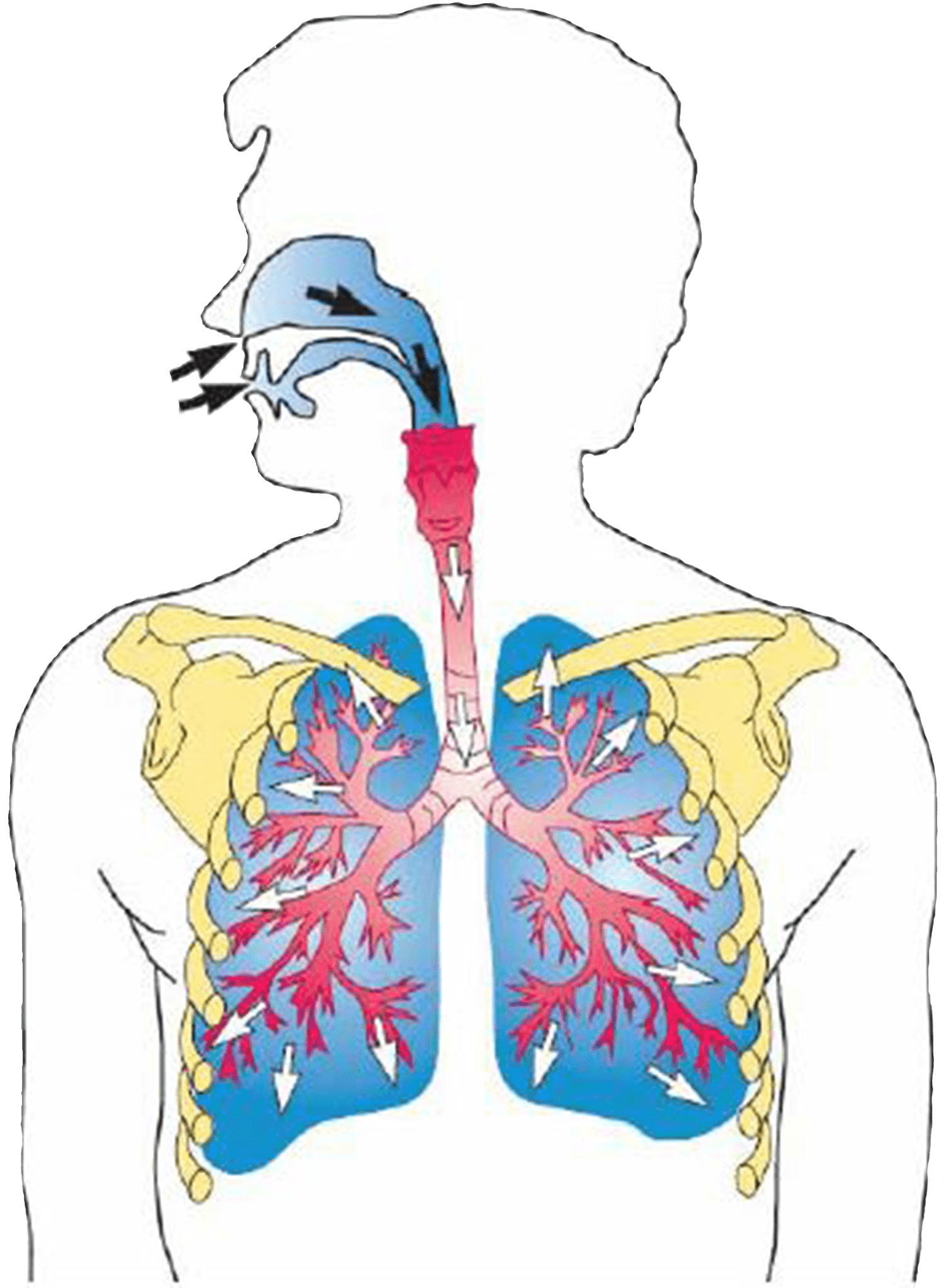

LABELLING OF ASBESTOS-CONTAINING APPLICATIONS
The labelling and packaging of applications containing asbestos are regulated by the law of 16 December 2011 (REACH package).
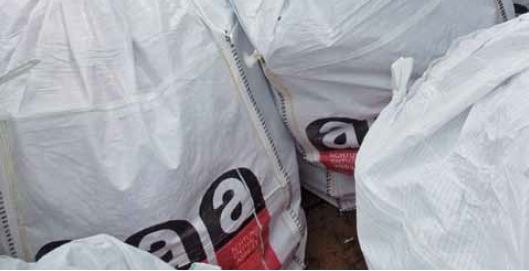

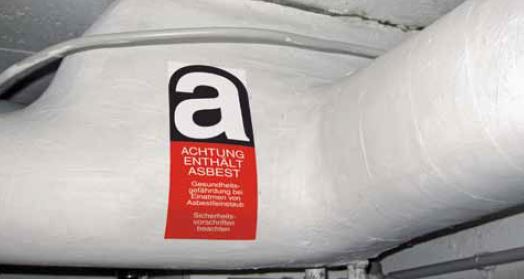

Is the identification of building materials suspected of containing asbestos mandatory before demolition or maintenance work?
Yes,
According to "RGD-Asbest" Art. 9bis:
"Prior to the commencement of demolition or maintenance work, employers must take all appropriate steps to identify building materials suspected of containing asbestos, if necessary by obtaining relevant information from the owner."
Only the French version is conclusive.
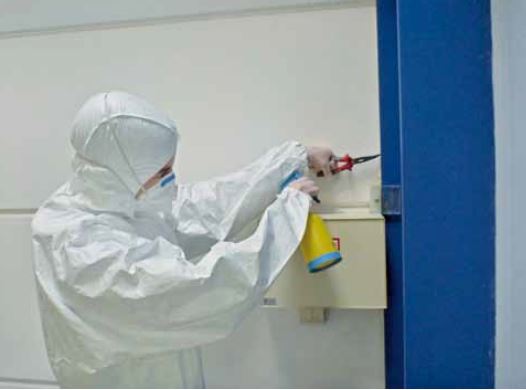

Sampling of materials
Products that may contain weakly bound asbestos
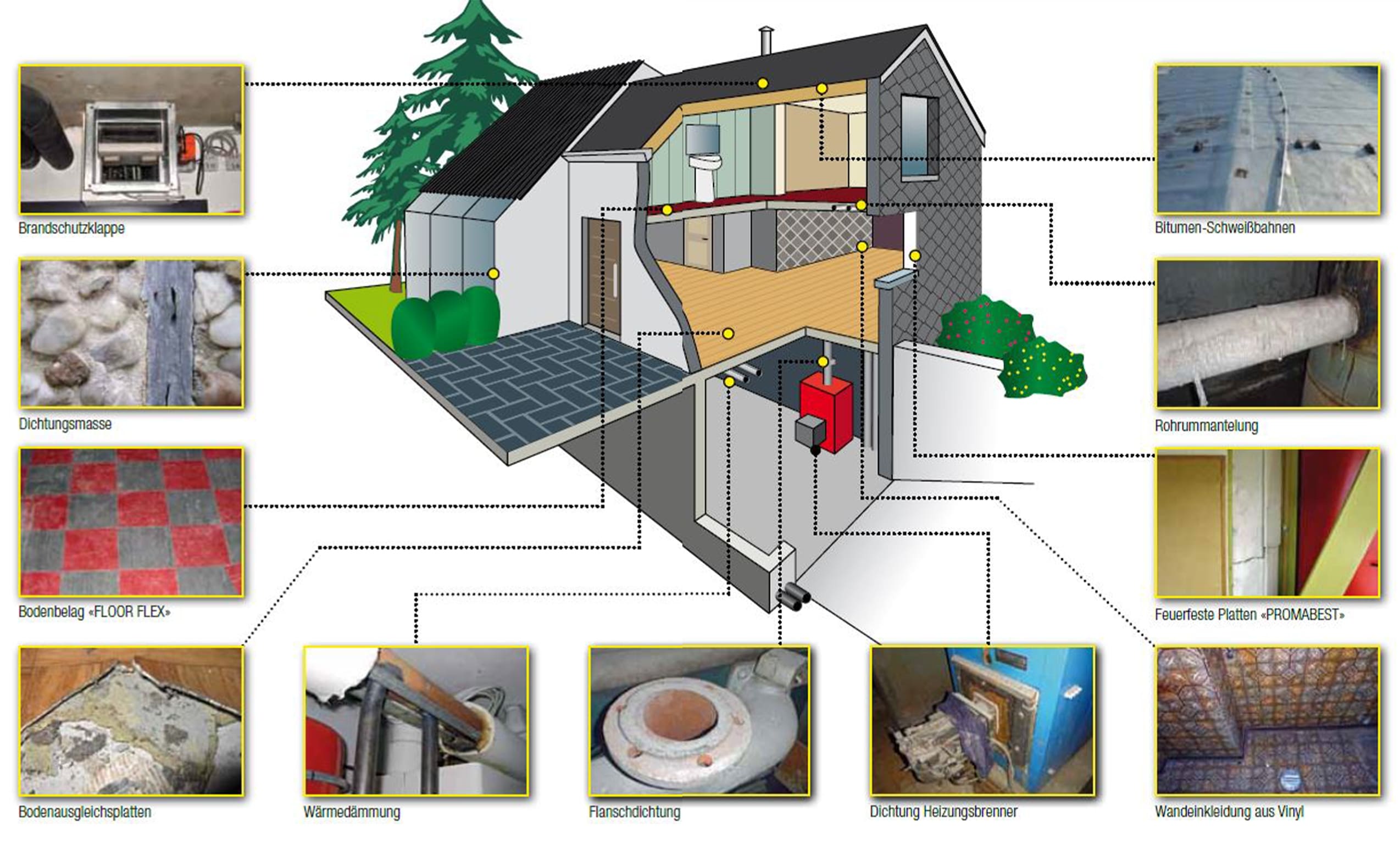

Products that may contain asbestos cement
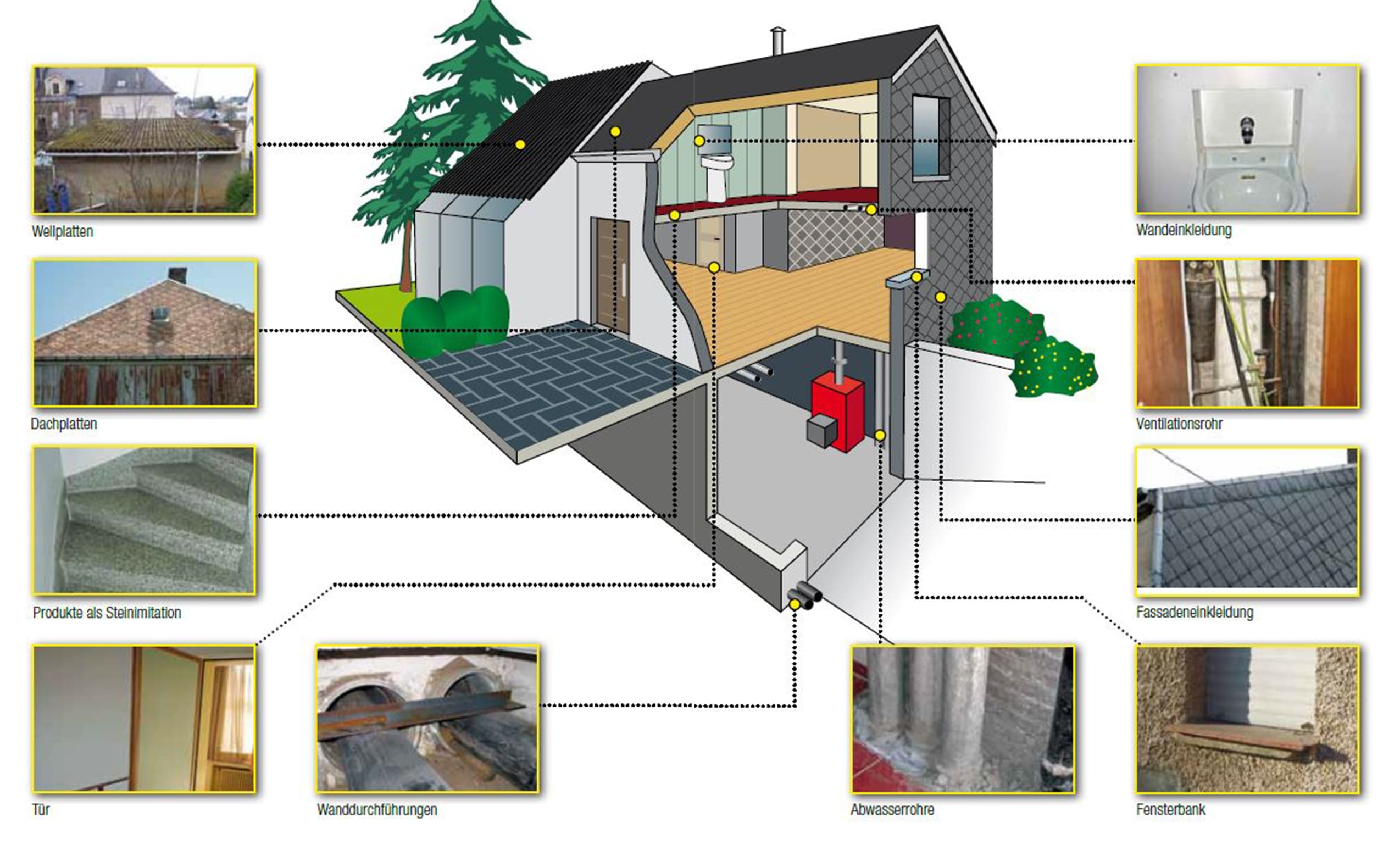

Asbestos removal work
Is worker training mandatory before carrying out asbestos removal work?
Yes,
According to "RGD-Asbest" Art. 11bis:
"Employers are required to provide adequate training to all workers who are or may be exposed to asbestos-containing dust. This training must be provided at regular intervals and at no cost to the workers. It must take place before the start of any work involving exposure to asbestos."
Only the French version is conclusive.
To carry out dismantling work on asbestos cement panels on roofs or outside walls, a manager of the executing company must have completed an 8-hour training course.
To be able to carry out all other types of work involving asbestos-related risks, a responsible person from the company carrying out the work, the person in charge of the asbestos site and any worker exposed to asbestos fibres must undergo 20 hours of training.


Is a work permit or notification required before carrying out asbestos removal work?
Yes,
Before starting asbestos removal work, a work plan must be prepared by the employer and submitted to the labour inspectorate for approval (VISA). In some cases (e.g. deconstruction of asbestos cement products outdoors in buildings not occupied by people), a notification of the asbestos deconstruction work to the labour inspectorate is sufficient.
Are there any plans to monitor the asbestos removal work?
Yes,
For the supervision of asbestos removal work, the client must designate an inspection body authorised to assist the labour inspectorate within the framework of its competences and missions, with the exception of work involving the removal of asbestos cement products outdoors and work using standard methods*.
Mycon has the necessary permits to remove asbestos
* Work with standardised procedures means work where the limit value is not exceeded and where the work procedure is standardised and validated by the labour inspectorate.
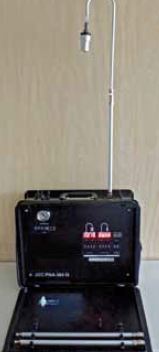

Luffprobenahmen
ARBEITEN DIE EIN ASBESTRISIKO DARSTELLEN KöNNEN
| Working with potential hazards | |||
|---|---|---|---|
| Maintenance, disassembly, cleaning and replacement of asbestos-containing parts (e.g. replacement of gaskets, flange gaskets or heat shields, repair of fire doors, cleaning with compressed air, etc. 🙂 Replacement of gaskets, flange gaskets or heat shields, repair of fire doors, cleaning with compressed air, ...). | - Laying electrical cables (e.g. slitting work, drilling walls, etc.) - Fuse replacement - Drilling/cutting of fire protection materials | ||
| Renovation work (e.g. deconstruction of walls, facades, removal of pipe insulation, cutting of building materials, removal of coverings, floor tiles and bituminous glue, deconstruction of floor levelling boards, deconstruction of suspended ceilings, etc.). | Preparatory work (e.g. stripping / cleaning of surfaces, ...) | ||
| Replacement of insulation materials (e.g. deconstruction of thermal and acoustic coatings, bituminous waterproofing and fire compartments, ...) | - Removal and maintenance work on roof panels or façade elements - Removal of the bitumen sheet - Cleaning of roof panels (e.g. removal of moss) | ||
- Maintenance and servicing work (e.g. replacement of flange gaskets, cleaning of pipes, dismantling of fire dampers, etc.). - Work (e.g. cutting, welding, etc.) on pipelines with insulating materials. | Demolition of the building, some of the work listed above must be carried out before demolition. (e.g. removal of roof panels, partitions, insulation, ...). | ||
| Working with potential hazards | |||
|---|---|---|---|
| Maintenance, disassembly, cleaning and replacement of asbestos-containing parts (e.g. replacement of gaskets, flange gaskets or heat shields, repair of fire doors, cleaning with compressed air, etc. 🙂 Replacement of gaskets, flange gaskets or heat shields, repair of fire doors, cleaning with compressed air, ...). | |||
| Renovation work (e.g. deconstruction of walls, facades, removal of pipe insulation, cutting of building materials, removal of coverings, floor tiles and bituminous glue, deconstruction of floor levelling boards, deconstruction of suspended ceilings, etc.). | |||
| Replacement of insulation materials (e.g. deconstruction of thermal and acoustic coatings, bituminous waterproofing and fire compartments, ...) | |||
- Maintenance and servicing work (e.g. replacement of flange gaskets, cleaning of pipes, dismantling of fire dampers, etc.). - Work (e.g. cutting, welding, etc.) on pipelines with insulating materials. | |||
| Preparatory work (e.g. stripping / cleaning of surfaces, ...) | |||
- Laying electrical cables (e.g. slitting work, drilling walls, etc.) - Fuse replacement - Drilling/cutting of fire protection materials | |||
| Demolition of the building, some of the work listed above must be carried out before demolition. (e.g. removal of roof panels, partitions, insulation, ...). | |||
- Removal and maintenance work on roof panels or façade elements - Removal of the bitumen sheet - Cleaning of roof panels (e.g. removal of moss) | |||
| Working with potential hazards | |||
|---|---|---|---|
| Maintenance, disassembly, cleaning and replacement of asbestos-containing parts (e.g. replacement of gaskets, flange gaskets or heat shields, repair of fire doors, cleaning with compressed air, etc. 🙂 Replacement of gaskets, flange gaskets or heat shields, repair of fire doors, cleaning with compressed air, ...). | |||
| Renovation work (e.g. deconstruction of walls, facades, removal of pipe insulation, cutting of building materials, removal of coverings, floor tiles and bituminous glue, deconstruction of floor levelling boards, deconstruction of suspended ceilings, etc.). | |||
| Replacement of insulation materials (e.g. deconstruction of thermal and acoustic coatings, bituminous waterproofing and fire compartments, ...) | |||
- Maintenance and servicing work (e.g. replacement of flange gaskets, cleaning of pipes, dismantling of fire dampers, etc.). - Work (e.g. cutting, welding, etc.) on pipelines with insulating materials. | |||
| Preparatory work (e.g. stripping / cleaning of surfaces, ...) | |||
- Laying electrical cables (e.g. slitting work, drilling walls, etc.) - Fuse replacement - Drilling/cutting of fire protection materials | |||
| Demolition of the building, some of the work listed above must be carried out before demolition. (e.g. removal of roof panels, partitions, insulation, ...). | |||
- Removal and maintenance work on roof panels or façade elements - Removal of the bitumen sheet - Cleaning of roof panels (e.g. removal of moss) | |||


